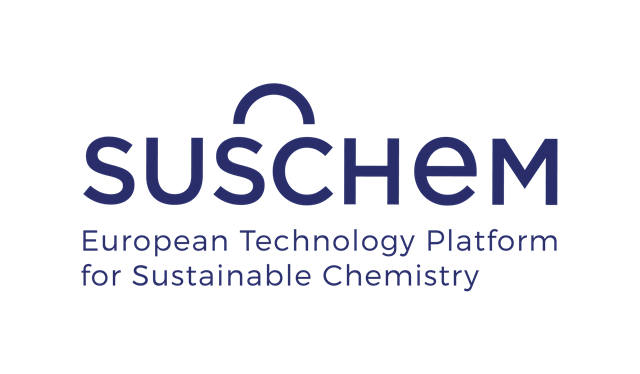The recent SusChem White paper ‘Impact: Key Enabling Technologies (KETs) in Horizon Europe’ included a number of success stories highlighting publicly funded innovation involving KETs and the SusChem News blog is featuring a selection of these fruitful 'SusChem inspired' initiatives.
Sustainable chemistry is essential to the technological advance of KETs including advanced materials, advanced manufacturing technologies, industrial biotechnology, micro and nanoelectronics, nanotechnology and photonics. SusChem's key enabling technologies provide the critical building blocks for the solutions needed to achieve a sustainable low carbon circular economy. You can find out more here.
Our final KETs success story focuses on the PAC (Process Analytical Chemistry) network, an Austrian industrial research initiative for process analysis that brings together industrial and academic research expertise and has been funded by a combination of national and regional sources.
"imPACts delivered”: the Austrian platform for Process Analytical Chemistry
imPACts creates IMPACT through unique partnership
Member State funding creates unique collaboration in a PAC platform of more than 20 partners
PAT – Process Analytical Technologies have an immense impact on the productivity, efficiency and safety of large volume chemical production. Investment in this expertise pays off in securing the position of the process industry.
In Austria, already in 2010, the research platform PAC – Process Analytical Chemistry was founded, based on a national funded research project.
The consortium placed a strong focus on further development of PAT in Spectroscopy and Micro-Electro-Mechanical Systems (MEMS) based on inline Rheology, on Process-Modelling and Process-Understanding, together leading to a closed-loop and tight real-time Process Control and Optimisation.
New measurement technologies were invented, application demonstrators implemented and evaluated in industry, high ranking journal papers were published, and patents were filed.
How was the breakthrough innovation achieved?
In the consortium more than 20 partners from industry and research institutions cooperate and perform application-oriented research as well as strategic research.
Impact
- Technology: more than 10 technology demonstrators evaluated, six patents filed
- Economic & Environmental: all process optimisation targeting efficiency issues
- Social: 28 PhD, 34 Master, 28 Bachelor Theses; internal training scheme established
- Scientific: 75 journal publications, > 200 conference contributions, five conferences
- European Link: The PAC-network was sustainably established in SusChem-AT - the SusChem National Technology Platform (NTP) in Austria
More information
The projects received funding from the Austrian Ministries BMVIT and BMWFW, the Federal State of Upper Austria and the Federal State of Lower Austria.
imPACts (contract # 843546) and PAC (contract # 825340) are Austrian COMET K-projects.
Read the SusChem White Paper ‘Impact: Key Enabling Technologies (KETs) in Horizon Europe’




















